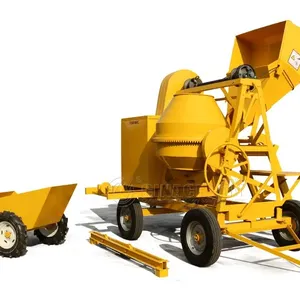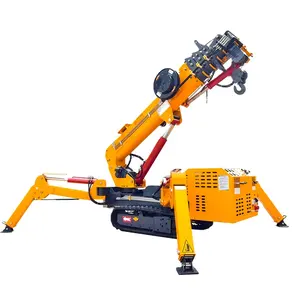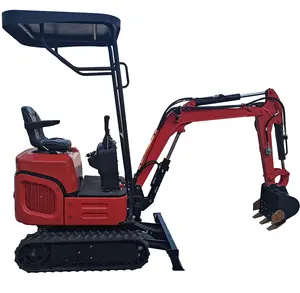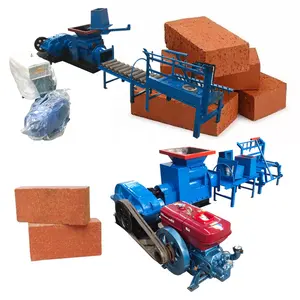Popular in your industry







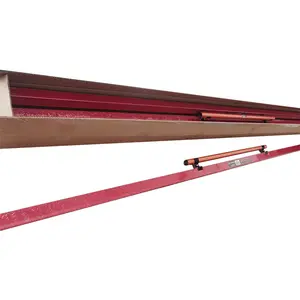
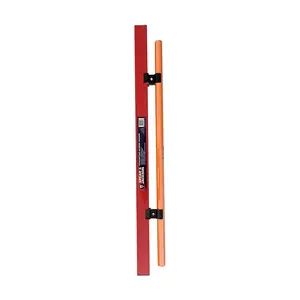


















































Related Searches:




























































































































Top categories
About cement screeding floors
Introduction to Cement Screeding Floors
Cement screeding floors are a popular choice in construction for providing a smooth and level surface. This versatile flooring option offers durability and strength, making it ideal for both residential and commercial spaces. The process involves applying a thin layer of cement mixture over a concrete subfloor to create a seamless finish. Cement screeding floors are known for their ability to withstand heavy foot traffic and various environmental conditions, making them a reliable choice for different settings.
Types of Cement Screeding Floors
There are several types of cement screeding floors available in the market, each with unique characteristics to suit different requirements. Traditional cement screed, which consists of cement, sand, and water, is a common choice for many projects. Anhydrite screeds offer faster drying times, making them ideal for tight construction schedules. Polymer-modified screeds provide enhanced strength and flexibility, making them suitable for areas prone to movement.
Technical Specifications of Cement Screeding Floors
When considering cement screeding floors for a project, it is essential to review the technical specifications to ensure they meet the specific requirements. The thickness of the screed layer can vary depending on the application, with typical ranges between 25mm to 40mm. The curing time is crucial for the screed to achieve its full strength, typically taking around 28 days. Additionally, the compressive strength of the screed should meet industry standards for durability.
Advantages of Choosing Cement Screeding Floors
The decision to opt for cement screeding floors comes with various advantages that make it a preferred choice among builders and designers. These floors offer excellent thermal conductivity, making them compatible with underfloor heating systems. They also provide a smooth and level surface for the installation of various floor finishes, such as tiles, carpets, or wood. Additionally, cement screeding floors are cost-effective and can contribute to the overall energy efficiency of a building.
Use Scenarios for Cement Screeding Floors
Cement screeding floors find applications in a wide range of scenarios, from residential homes to commercial establishments. In residential settings, they are commonly used in living rooms, kitchens, and bathrooms due to their durability and ease of maintenance. Commercial spaces like offices, retail outlets, and warehouses benefit from the strength and longevity of cement screeding floors. They are also suitable for industrial settings where heavy machinery or equipment is present.
Choosing the Right Cement Screeding Floors
When selecting cement screeding floors for a project, it is essential to consider factors such as the intended use of the space, the level of foot traffic, and the overall design aesthetic. Understanding the specific requirements of the project will help in choosing the most suitable type of cement screed, whether traditional, anhydrite, or polymer-modified. Working with experienced contractors or suppliers can also provide valuable insights into selecting the right product for the job.
Maintenance of Cement Screeding Floors
To ensure the longevity and performance of cement screeding floors, proper maintenance practices should be followed. Regular cleaning with a neutral pH cleaner will help preserve the finish and appearance of the floor. Avoiding harsh chemicals and abrasive cleaning tools is essential to prevent damage to the screed surface. Periodic inspections for any cracks or wear are recommended, with prompt repairs carried out to maintain the integrity of the flooring.

